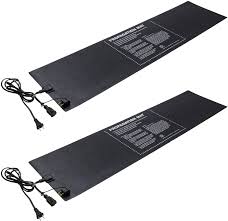Nursery Landscape ID (126 Misc Terms)
1/125
Earn XP
Description and Tags
Nursery Landscape ID
Name | Mastery | Learn | Test | Matching | Spaced |
|---|
No study sessions yet.
126 Terms
Aphid
Small, soft-bodied insects that suck plant sap, causing distorted growth and honeydew secretion.
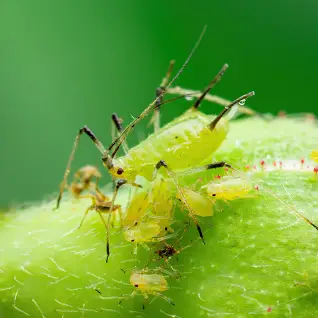
Bagworm
Caterpillars that create protective silk bags and defoliate trees and shrubs.
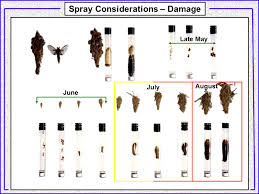
Borer
Larvae that tunnel into wood or plant stems, causing structural damage and weakening plants. (broad term- could be more than one species)
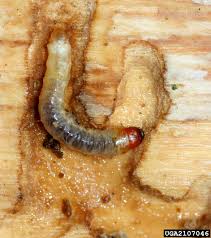
Leafhopper
Small, jumping insects that suck sap from leaves, causing stippling, yellowing, and leaf curl.
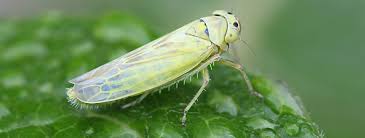
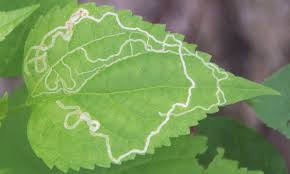
Leaf Miner
Insect larvae that burrow between leaf layers, creating visible tunnels or blotches.
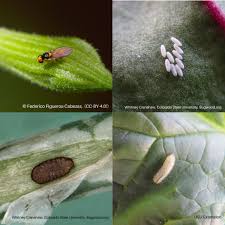
Scale
Small, immobile insects covered by a waxy shell, sucking plant sap and causing yellowing and weakening.
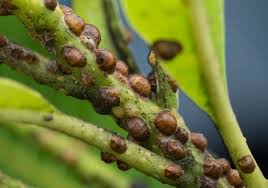
Spider Mite
Tiny arachnids that feed on plant sap, causing stippling, yellowing, and webbing on leaves.
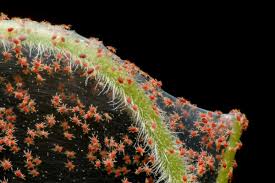
Snail/Slug
Mollusks that chew holes in leaves, flowers, and stems, leaving a slimy trail.
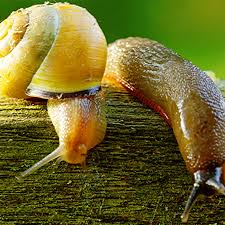
Whitefly
Small, white, flying insects that suck sap from plants, causing yellowing and weakening.

White Grub
Beetle larvae that feed on roots of grasses and plants, causing wilting and browning.
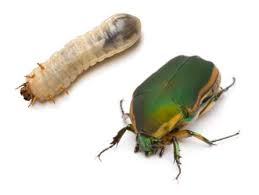
Anthracnose
Fungal disease causing dark, sunken lesions on leaves, stems, flowers, and fruits.
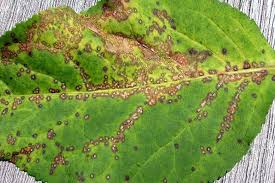
Apple Scab
Fungal disease causing olive-green to black spots on leaves and fruits, leading to defoliation.
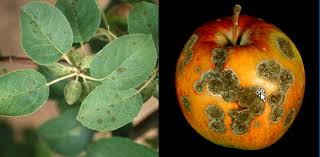
Black Spot
Fungal disease causing black spots on rose leaves and stems, leading to yellowing and dropping.
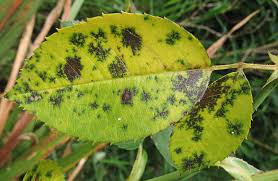
Botrytis
Fungal disease causing gray mold on flowers, leaves, and fruits, often in high humidity conditions.
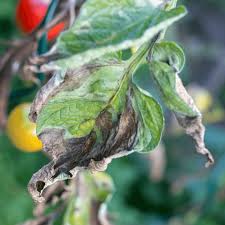
Canker
Disease causing sunken, dead areas on stems, branches, or trunks, often with oozing sap.
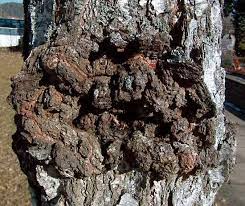
Cedar-Apple Rust
Fungal disease causing yellow-orange spots on apple leaves and galls on cedar trees.
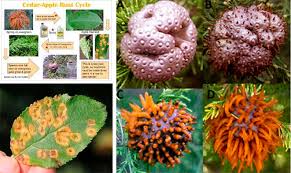
Crown Gall
Bacterial disease causing swollen, tumor-like growths on stems and roots near the soil line.
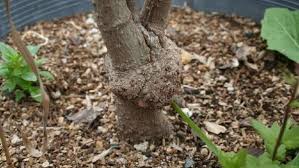
Fireblight
Bacterial disease causing wilting and blackening of shoots and branches, resembling fire damage.
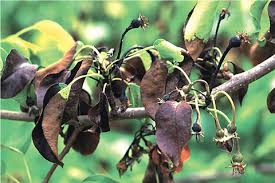
Powdery Mildew
Fungal disease causing white, powdery growth on leaves, stems, and flowers.
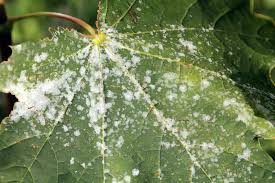
Root Rot
Fungal disease causing decay of roots, leading to plant wilting, yellowing, and death.
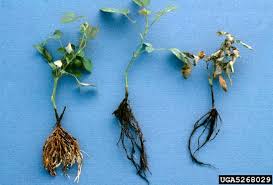
Annual Bluegrass
Cool-season grassy weed with light green leaves and seed heads forming at low heights.
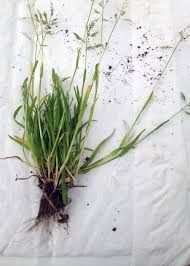
Broadleaf Plantain
Perennial weed with broad, oval leaves and tall flower spikes.
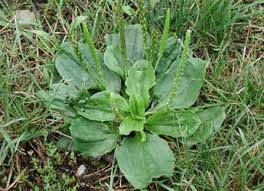
Buckhorn Plantain
Perennial weed with narrow, lance-shaped leaves and tall flower spikes.
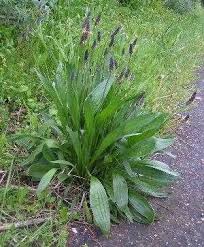
Chickweed
Low-growing annual weed with small, white flowers and smooth leaves.
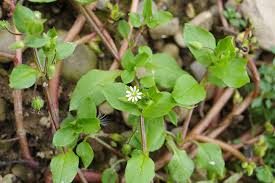
Crabgrass
Warm-season annual grassy weed with coarse, light green leaves and spreading habit.
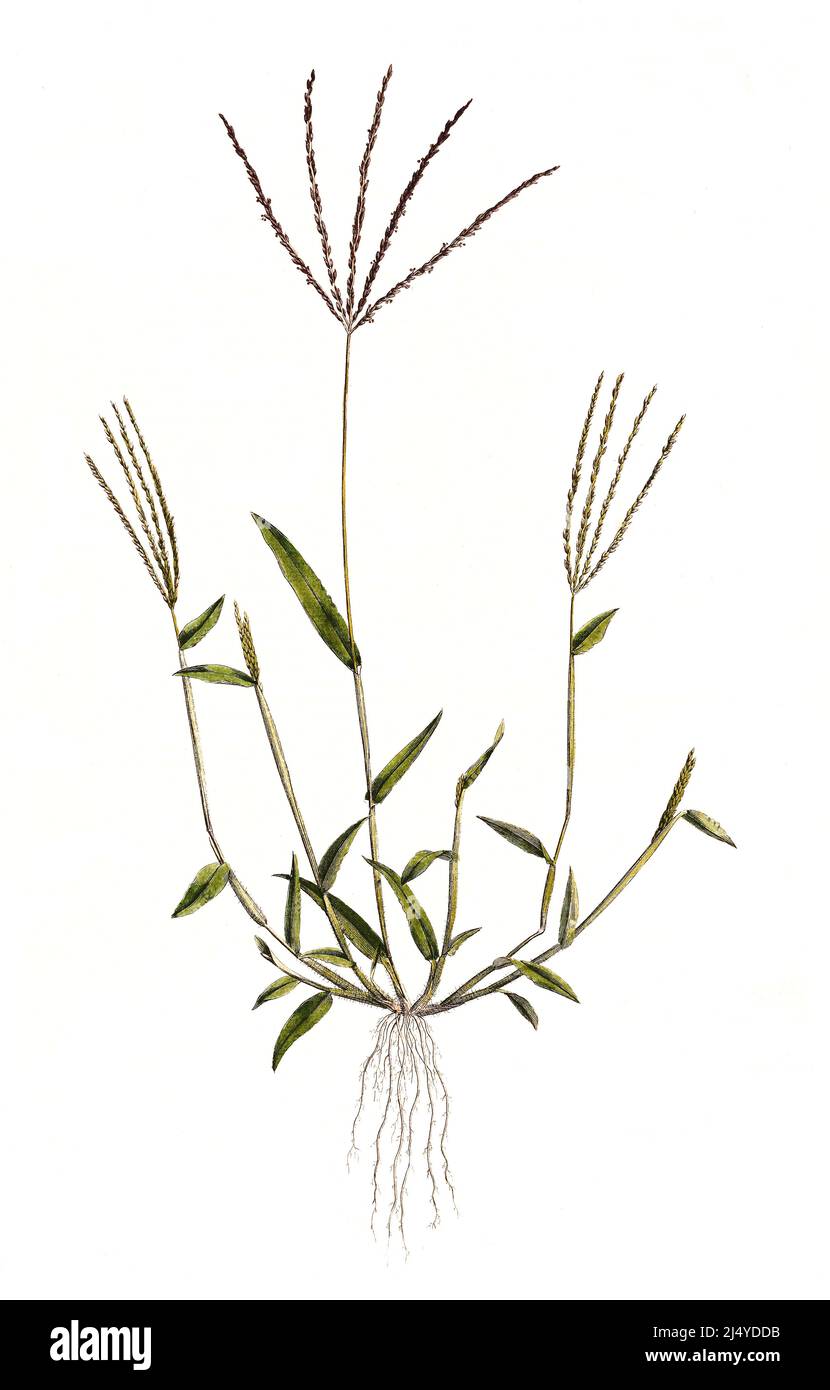
Dandelion
Perennial weed with toothed leaves, yellow flowers, and puffball seed heads.

Henbit
Winter annual weed with square stems, scalloped leaves, and purple flowers.
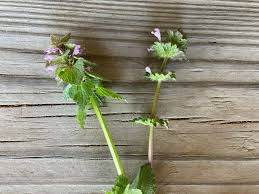
Nutsedge
Perennial grassy weed with triangular stems and spiky seed heads, often found in wet areas.
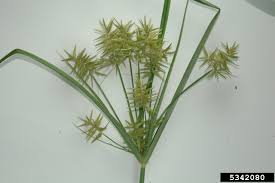
Oxalis
Perennial weed with clover-like leaves and small yellow or pink flowers.
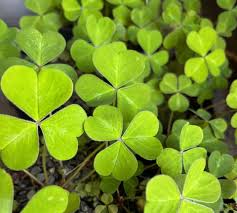
Purslane
Low-growing annual weed with succulent, reddish stems and small yellow flowers.
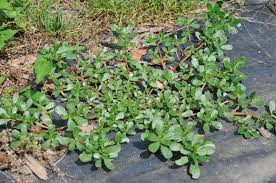
White Clover
Perennial weed with trifoliate leaves and white, ball-shaped flowers.
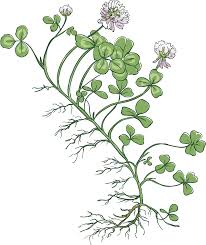
Frost/Freeze Injury
Damage to plant tissues caused by freezing temperatures, resulting in blackened or wilted leaves and stems.
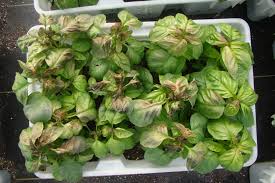
Iron Deficiency
Nutrient deficiency causing yellowing between leaf veins, often in alkaline soils.
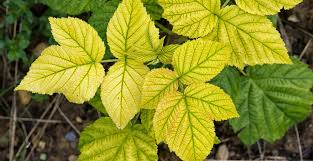
Leaf Scorch (Drought/Winter Burn)
Browning of leaf edges and tips due to insufficient water or cold, drying winds.
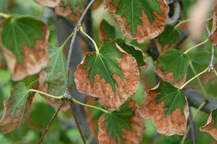
Nitrogen Deficiency
Nutrient deficiency causing yellowing of older leaves and stunted growth.
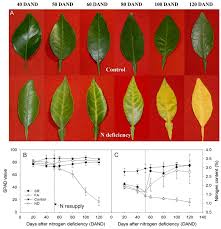
Pot-bound Roots
Roots that have grown in a tight, circular pattern within a container, restricting growth.

String Trimmer Injury
Physical damage to plant stems and bark caused by string trimmers, leading to wounds and stress.
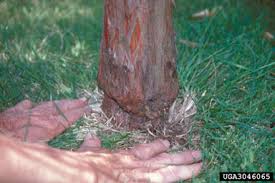
2,4-D Injury
Herbicide injury causing leaf curling, distortion, and growth suppression, often due to drift or misapplication.
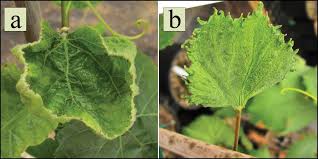
Praying Mantis
Predatory insect that feeds on a variety of garden pests, beneficial for pest control.
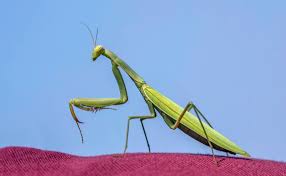
Lady Beetle
Predatory beetle that feeds on aphids and other soft-bodied insects, beneficial for pest control.
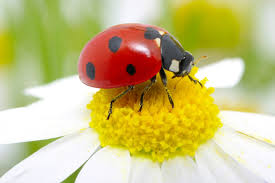
Paper Wasp
Predatory wasp that feeds on caterpillars and other insects, beneficial for pest control.
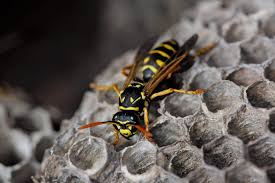
Lacewing
Predatory insect that feeds on aphids, mites, and other pests, beneficial for pest control.
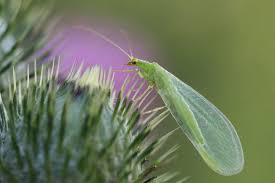
Spider
Arachnid that preys on a variety of insects, beneficial for natural pest control.
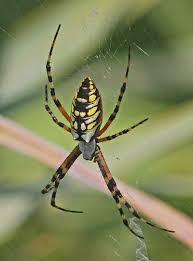
Anvil-and-Blade Pruner
Pruning tool with a single cutting blade that closes against a flat anvil.
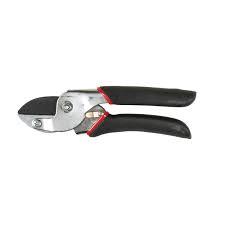
Ball Cart (B&B Truck)
Cart designed for transporting balled-and-burlapped plants
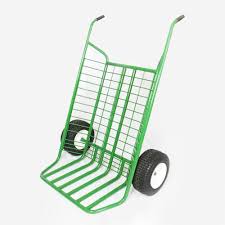
Bark Mulch
Organic mulch made from shredded or chipped tree bark, used to suppress weeds and retain moisture.
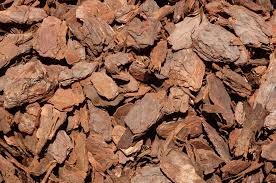
Bow Saw
Hand saw with a curved frame and a wide blade, used for cutting branches and logs.
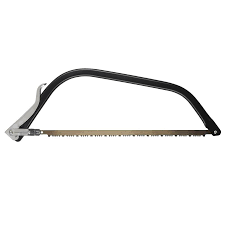
Broadcast (Cyclone) Spreader
Device for spreading seed, fertilizer, or other materials evenly over a large area.
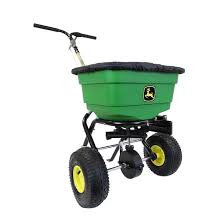
Bubbler Head, Irrigation
Irrigation emitter that delivers water directly to the base of plants.

Bulb Planter
Hand tool for digging holes to plant bulbs.

Bunker Rake
Rake with wide tines, used for smoothing and leveling sand in bunkers on golf courses.
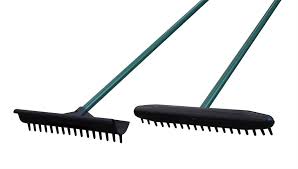
Burlap
Coarse fabric used to wrap plant roots for transport or protection.
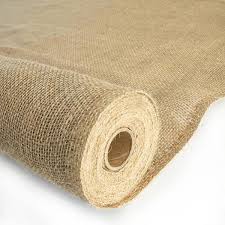
Compressed Air Sprayer
Sprayer that uses compressed air to apply pesticides, herbicides, or fertilizers.
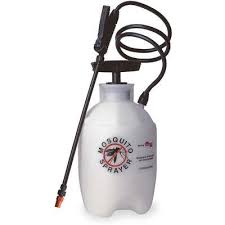
Core Aerifier
Machine that removes small cores of soil to reduce compaction and improve aeration.
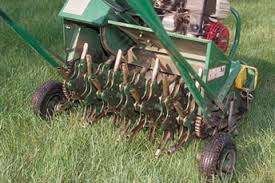
Chain Saw
Power tool with a motor-driven chain, used for cutting trees and large branches.
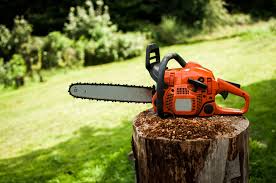
Cut-off Machine
Power tool used for cutting hard materials like metal, concrete, and masonry.
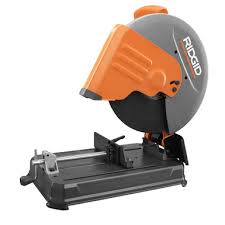
Drip Emitter, Irrigation
Irrigation component that delivers water slowly and directly to the soil.

Dry-lock Wall Block
Interlocking concrete blocks used for building retaining walls.
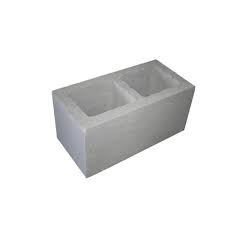
Edger (Power or Hand)
Tool used to create a clean, defined edge along lawns, flower beds, and walkways.
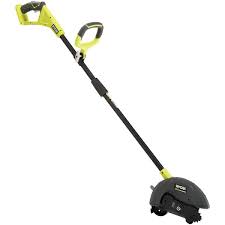
Edging
Material used to separate different areas in a landscape, such as lawn from flower beds.
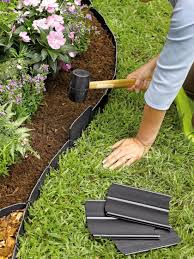
Erosion Netting
Netting used to stabilize soil and prevent erosion on slopes and newly planted areas.
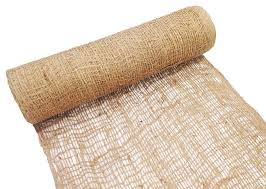
Fertilizer Injector
Device that adds fertilizer to an irrigation system, ensuring even distribution to plants.
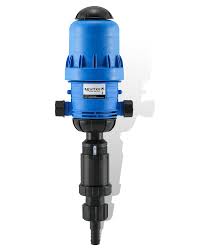
Fertilizer Tablet
Compact, slow-release fertilizer used to provide nutrients to plants over time.
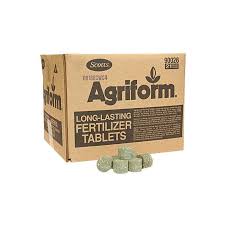
Garden (Spading) Fork
Hand tool with four or more tines, used for turning soil and digging.
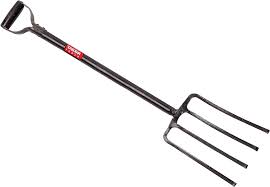
Garden (Bow) Rake
Rake with rigid tines, used for leveling soil and removing debris.
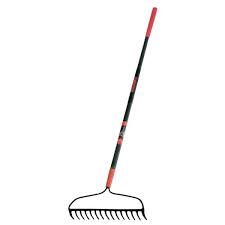
Grafting Band
Elastic band used to hold grafts in place until they heal.
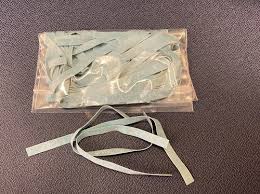
Grafting Knife
Knife with a sharp blade used for making precise cuts in grafting.

Granular Fertilizer
Fertilizer in granular form, applied to the soil surface or incorporated into the soil.
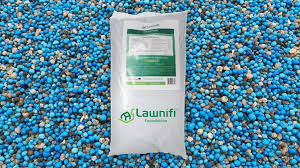
Gravity (Drop) Spreader
Device that drops seed or fertilizer directly beneath the spreader, ensuring precise application.
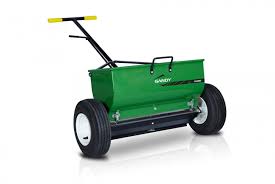
Ground/Pelleted Limestone
Material used to raise soil pH and improve soil structure.
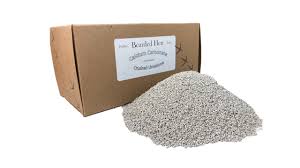
Hedge Shears
Large scissors-like tool used for trimming and shaping hedges and shrubs.
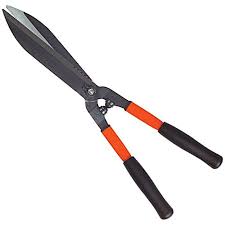
Hoe
Hand tool with a flat blade, used for weeding, cultivating, and shaping soil.
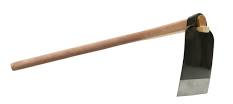
Hook-and-Blade Pruners
Pruning tool with a curved hook to hold branches while a blade cuts.

Hose-End Repair Fitting
Device used to repair or replace damaged ends of garden hoses.
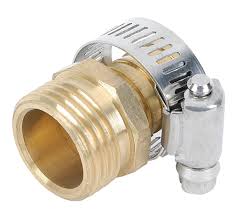
Hose-End Sprayer
Attachment for a garden hose that mixes and sprays liquid fertilizers, pesticides, or herbicides.
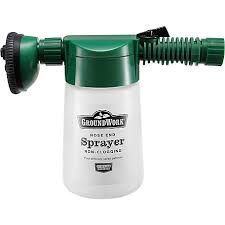
Hose-End Washer
Small rubber washer used to prevent leaks at hose connections.

Hose Repair Coupling
Device used to join two sections of garden hose together.
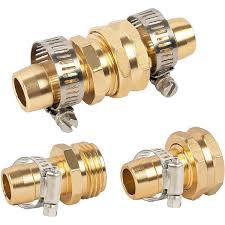
Impact Sprinkler
Sprinkler head that rotates and delivers water in a circular pattern.
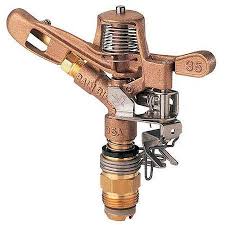
Irrigation Ring Tool
Tool used to create irrigation rings around the base of plants.
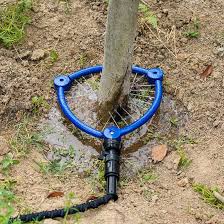
Landscape Fabric
Permeable fabric used to suppress weeds and retain soil moisture.
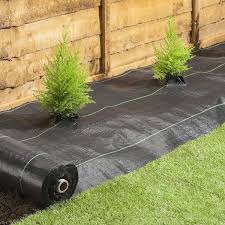
Leaf Rake
Rake with flexible tines, used for gathering leaves and lawn debris.
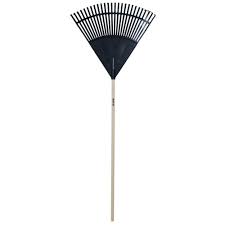
Loppers
Long-handled pruners used for cutting thick branches.
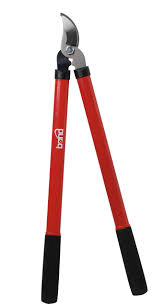
Mattock
Hand tool with a flat blade on one side and a pointed blade on the other, used for digging and chopping.
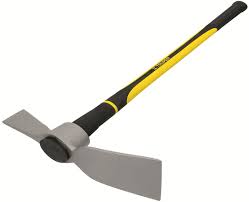
Measuring Wheel
Device used to measure distance by rolling a wheel along the ground.
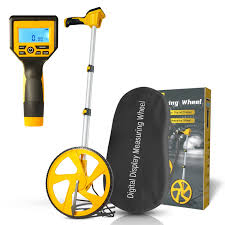
Mist Nozzle (Mist Bed)
Nozzle that produces a fine mist, used in propagation to maintain humidity.
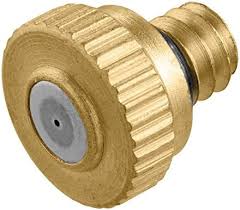
Mower Blade Balancer
Tool used to ensure lawn mower blades are balanced for even cutting.

Nursery Container
Pots or containers used for growing plants in nurseries.
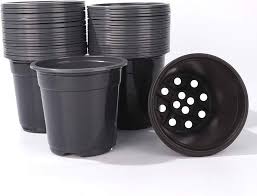
Oscillating Sprinkler
Sprinkler that moves back and forth, covering a rectangular area.
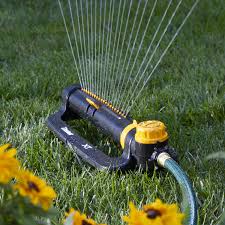
Peat Moss
Organic material used as a soil amendment to improve moisture retention and aeration.
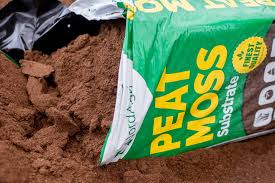
Pick Axe
Hand tool with a pointed end and a chisel end, used for breaking up hard ground.
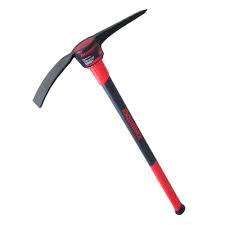
Planting/Earth/Soil Auger
Drill-like tool used for making holes in the soil for planting.
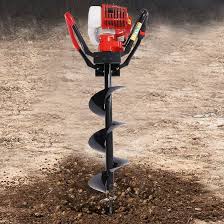
Pole Pruner
Pruning tool with a long handle, used for cutting high branches.
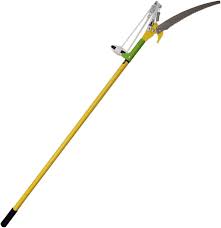
Polyethylene Pipe
Flexible plastic pipe used in irrigation systems.
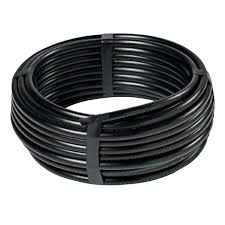
Pop-up Irrigation Head
Sprinkler head that rises above ground level when in use and retracts when not.
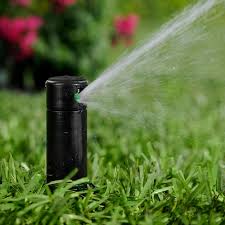
Post-hole Digger
Tool used for digging narrow, deep holes for posts or plants.
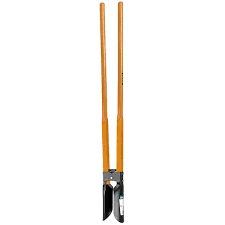
Power Blower
Machine that blows air, used for clearing leaves and debris.
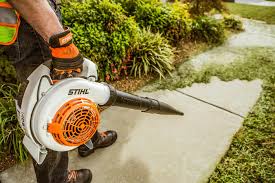
Power Hedge Trimmer
Motorized tool used for trimming and shaping hedges and shrubs.
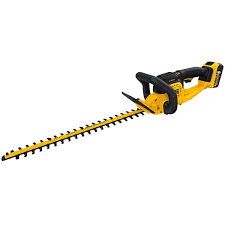
Pot-in-Pot Units
System where plants are grown in containers placed inside larger pots, often used in nurseries.
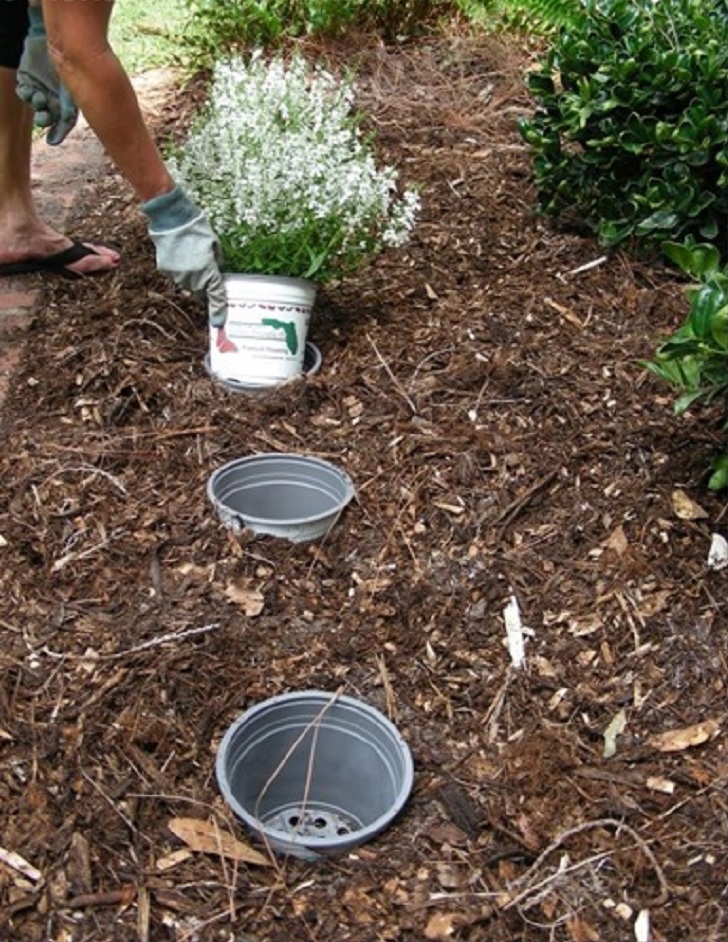
Pump Sprayer
Handheld or backpack sprayer used for applying pesticides, herbicides, or fertilizers.
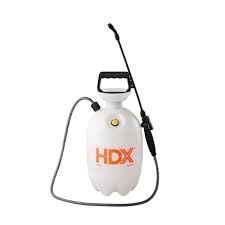
Propagation Mat
Heated mat used to provide consistent warmth for seed germination and plant propagation.
